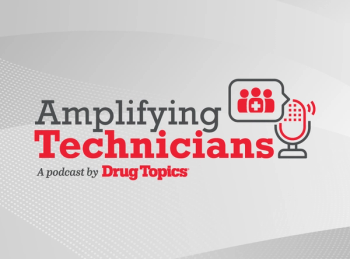
Q&A: Workflow Changes Needed as Pharmacies Take on Clinical Roles | PQA 2025
Michael Hegener, PharmD, BCACP, discusses what workflow changes are essential to support the expansion of patient care services in community pharmacies.
During the COVID-19 pandemic, pharmacists played a vital role in delivering patient care, particularly through vaccination services. This increased visibility positioned pharmacies as trusted, convenient providers of preventative health care. As the profession evolves, community pharmacies are expected to expand into chronic disease management and test-and-treat services for conditions like flu and strep throat. These advancements promise better patient outcomes, reduced costs for payers, and enhanced value from pharmacies.
At the PQA 2025 Annual Meeting, held May 19 to 21 in Tampa, Florida, Drug Topics® sat down with Michael Hegener, PharmD, BCACP, associate professor of Pharmacy at the University of Cincinnati James L Winkle College of Pharmacy, to discuss which patient care services currently have the greatest impact in community pharmacy settings, which services hold promise for the future, and what workflow changes are essential to support the expansion of patient care services in community pharmacies.
READ MORE:
Drug Topics: Which patient care services currently have the greatest impact in community pharmacy settings, and which services hold promise for the future?
Michael Hegener, PharmD, BCACP: The services that are having the biggest impact for patients are immunization, so preventative care type services. During the COVID-19 pandemic, pharmacists really stepped up. Now, pharmacy across the board of the community setting is seen as a one stop shop for all your vaccination needs. Moving forward, services will have a big impact. It will likely continue to be immunizations, but also ones where we get buy in from the patient, the pharmacy and a payer. They most likely will be for chronic disease states where the patients need a little follow up, some extra care and more touch points with the pharmacist. That way, we help make a difference to the patient, the payer is happy to be seeing cost reductions and savings, and then the pharmacy is providing a valuable service. It's a win, win, win.
Drug Topics: What workflow changes are essential to support the expansion of patient care services in community pharmacies?
Hegener: That is a challenge in community pharmacy right now because workflow is, for the most part, standardized for dispensing. Everyone's used to the process where you go to the pharmacy counter, you say you're there to pick up or drop off a prescription, you kind of know the flow. For advanced patient care services, we'll need to move to more of an appointment based model. Most likely, we'll still be able to do some things like immunizations on the spot when people ask. For some of those things like chronic disease state management, test to treat for strep throat and flu and common cold, we would likely need to have an appointment based model to be able to have the resources and time to focus on that patient.
Drug Topics: What metrics are most meaningful in assessing the effectiveness of patient care services provided by community pharmacies?
Hegener: Metrics that are successful are usually ones that are outcomes driven. You're making a difference in a patient's life, you're saving money for the patient and the health system. The best metrics, in my opinion, would be ones that benefit the patient, the pharmacy and the person paying for it, whether it's a health insurance company or an employer. It's things that help make a positive difference in the patient's health that they can see and the health system can see the benefits from.
Newsletter
Pharmacy practice is always changing. Stay ahead of the curve with the Drug Topics newsletter and get the latest drug information, industry trends, and patient care tips.






































































































































